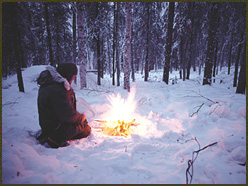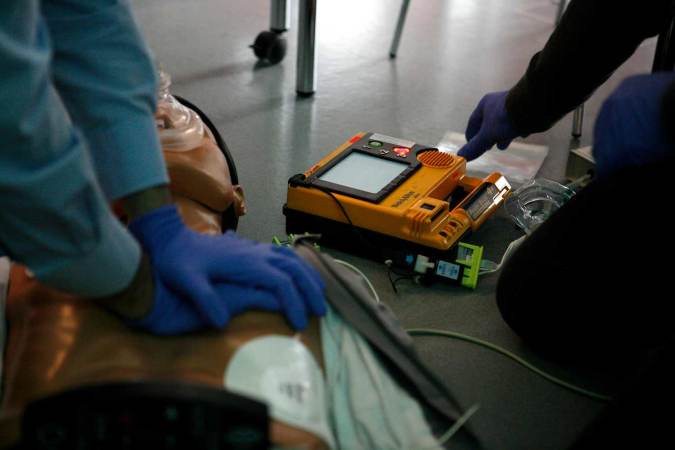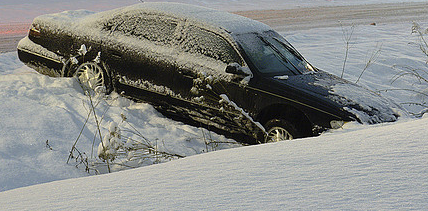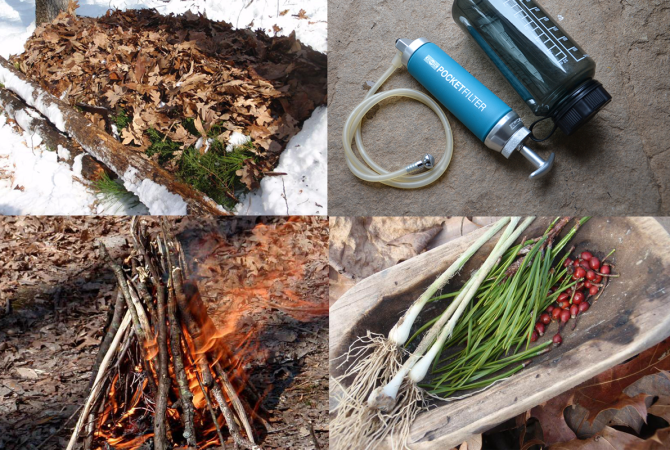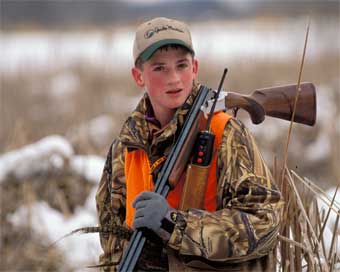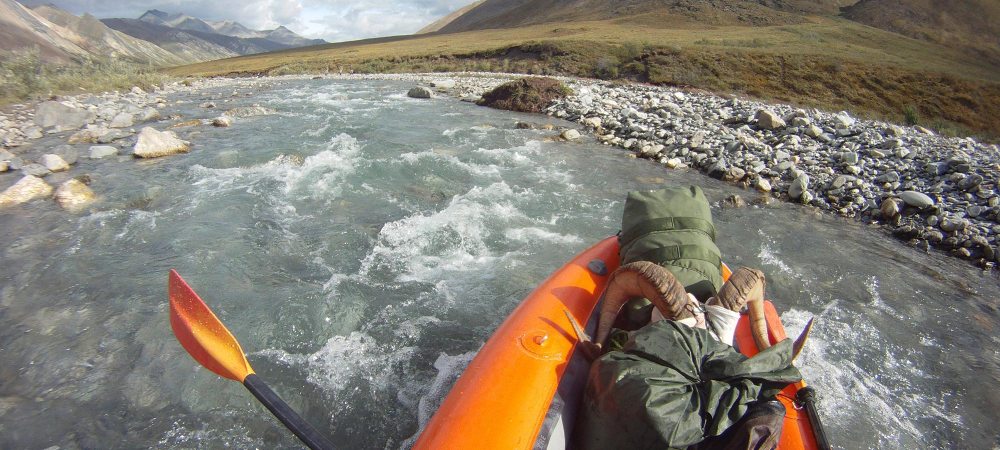As the weather cools and we get outside more for hunting, hiking and camping, we need to stay keenly aware of one of the biggest threats to outdoor enthusiasts: hypothermia. This is a commonly occurring medical condition that involves the body’s core temperature dropping below 95 F. This can be caused by exposure to water, wind, very cold air, or a combination of these elements. Be alert to the following signs in yourself and others, and catch hypothermia early—while it is still field-treatable.
SPOT THE SIGNS
1.Mild Hypothermia can consist of shivering, confusion, slurred speech, or numbness or tingling in the skin. Sluggish muscles are a good indicator of a cold body, and they give you a clue before shivering begins.
2. Moderate Hypothermia can manifest as violent shivering, clumsiness, lack of coordination, pale skin, or blue colored lips, ears, fingers and toes.
3. Severe Hypothermia can consist of difficulty speaking, trouble walking or moving, amnesia, extreme tiredness, irrational behavior like clothing removal and burrowing into snow, sand, or other loose material.
TAKE A BITE OUT OF THE COLD
Rewarming someone is the main method of treatment for hypothermia victims. Use one of these methods, or a combination of techniques, based on the severity of the victim’s cold exposure.
Passive external rewarming involves the use of a person’s own heat generating ability. You can get them out of their wet clothes, and into some properly insulated dry clothing and a warm environment. Give a little high calorie food and warm sips of a hot beverage if the hypothermia is mild.
Active external rewarming involves applying warming devices externally such as a hot water bottle in both armpits. Never use hot baths to treat a hypothermic person, as it can cause a heart attack.
Have you ever been in the grips of hypothermia? What have you done to fight it? Tell us your story by leaving a comment.
